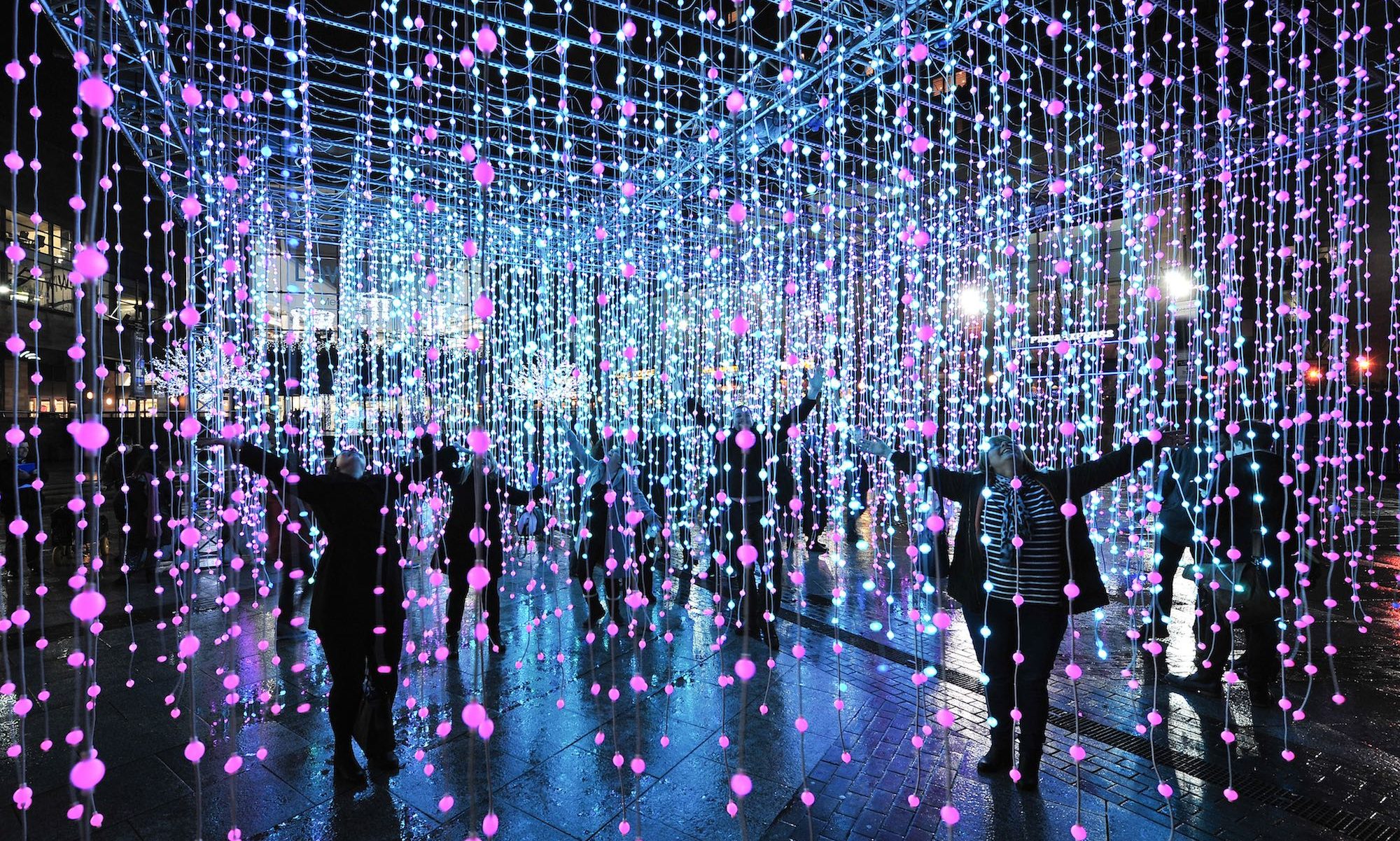Youtube’s compression degraded the quality of the video so it is also available here.
https://drive.google.com/file/d/1bCVzgGA2c93wj1JxTN4yu8kf7iwNjN4q/view?usp=sharing
Elemental Vortex was a piece dedicated to the dance of fire and water. These opposite elements coexist in this glass chamber constantly swirling around one another until the flame eventually burns out, leaving behind the burnt husk of the wick as the smoke exits the fading vortex. This piece was inspired by the mystical nature of a water vortex where water enters and leaves a chamber at different rates but because of the swirling motion the competing forces are able to find an equilibrium and maintain an otherwise unstable structure. The fire aspect of this piece was inspired from my experimentation as a fire spinner. The way flames look as they move through the air is visually striking so I decided to incorporate this. Adding fire to this water vortex created a piece of artwork that was constantly in motion yet still maintained this careful equilibrium. Even the slightest disturbance in the water can quickly collapse the vortex washing away the fire in an instant and I believed this phenomenon would make a visually appealing piece.
This piece consists of a water vortex created inside of a glass cylinder using an 800 gallon per hour pump which created a sizable vortex with a 2 inch central column with no water. In this gap in the water was a fuel reservoir for the alcohol responsible for creating the flame. I used 91% isopropyl alcohol as a fuel source because of its low temperature and relatively clean burn. Because the water vortex interfered with the airflow of the fire, it was necessary to add an air pump to provide enough oxygen to the fire, adding yet a third element to the mix. These elements were all combined inside of a glass cylinder to ensure heat resistance and visual clarity.
Overall I was pleased with the outcome of this project. I decided to work on something outside of my comfort zone involving more primitive aspects of light art rather than the electronics I normally work with. Pursuing this project taught me about how to work with new materials and the difficulty presented by working with fragile glass. Additionally, the fire aspect has given me a greater appreciation for the inner workings of a flame and has exposed me to how to control size, color, and burn time of an alcohol flame. As someone who has always been interested in fire, experimenting with the different parameters of an open flame was enjoyable and enlightening.
Here are pictures of the setup:

Base Reservoir and Pump

Fuel Source:

Here are some additional videos from earlier prototypes.
And for anyone interested, here is my first attempt at fire spinning and one of my sources of inspiration for this project.













